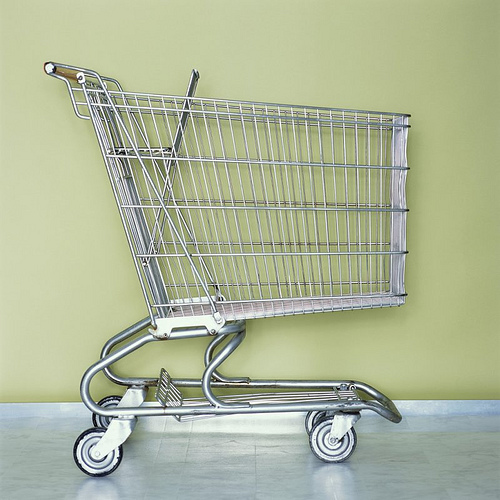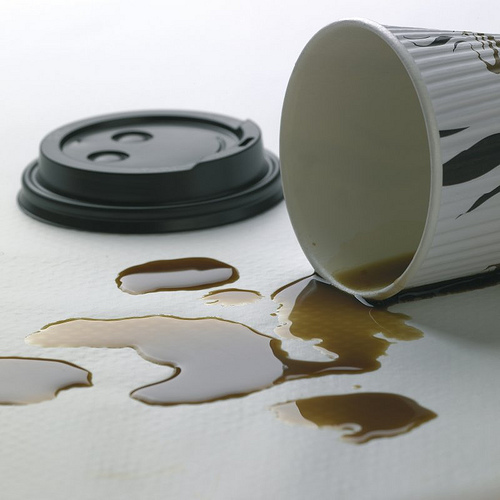Factory Direct Cabinets for Interior Designers
Written by faith | 2Deborah Oertle combines 20 years of experience in high end residential cabinetry and professional relationships with interior designers when she owned the flagship showroom Rutt of Chicago in the Chicago Merchandise Mart. During that time Deborah worked with some wonderful clients: Kennedy family, Van Kampen family, Chicago Tribune family, as well as designing the television showpiece kitchen at the home of TV chef Charlie Trotter.
She always felt that there was a better way of doing this; whereby interior designers could retain control of their projects without the need to go through the traditional route. So, the concept of “factory-direct” for interior designers was born. With her partner, his business acumen and experience Deborah was able to see exactly how the business model would help interior designers. She continues to refine it to something unique in the industry.
How does the business model work?
Designers bring their concepts to us and we produce manufacturer’s drawings for them, as well as undertaking the order-processing, all as part of the service. We consult with them along the way and ultimately manufacture the finished product, which we supply “factory direct” to the interior designer at trade price. Interior designers are is thus relieved of all the mechanical “hassle” and receive a high-quality product at a very competitive price.
The service is to the trade only. Our service is nationwide and we have service representatives in key locations to provide every assistance locally.
Do you just produce kitchens, or is there more?
We produce high-end custom cabinetry for any room in the house. Of course, 90 per cent of our business happens to be kitchens and bathrooms, but we have also worked on libraries, dining-room étâgères, living-room entertainment centers, bedrooms, and mud-rooms. Also, because of our capacity to produce the most intricate wood carving, the company also manufactures high-end bespoke furniture, which we produce either as a one-of-a-kind or as a limited edition, according to a designer’s requirements.
What is your view on the current economic climate and its effect on the interior design industry?
All business also have to look at the way they work and figure out how to achieve the same ends through more competitive and profitable means. That is why our business model is so effective: it provides the high quality that people demand yet, being at trade price and “factory direct”, it is available at a price which end-user clients also find very attractive.





